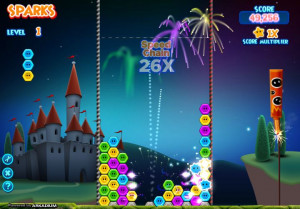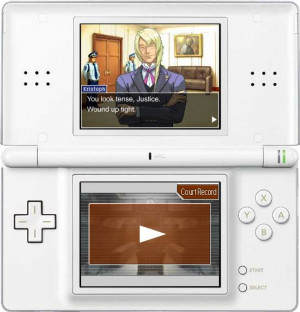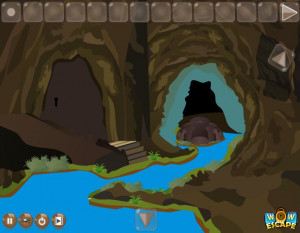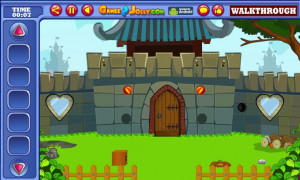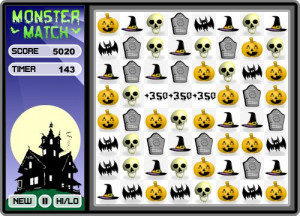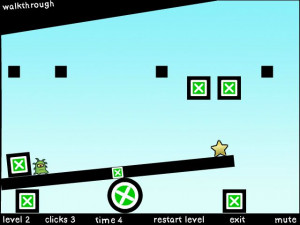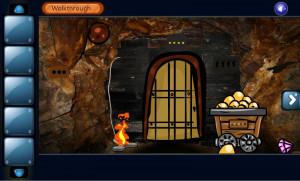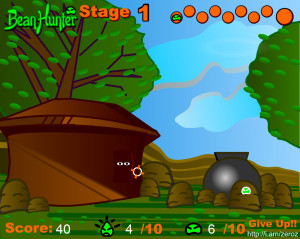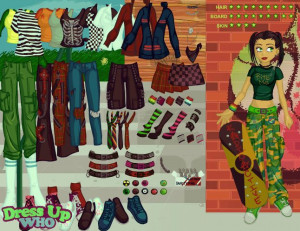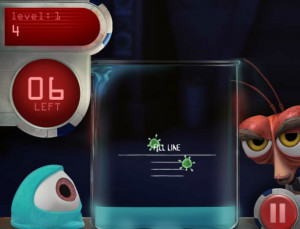Greenhouse Gas Attack!
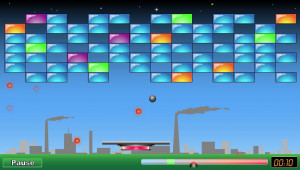
After finishing a round (win or lose), the power-ups you have, heat balls on screen, and ending ball position will carry over to the next round. This is probably not intentional, but has an easy enough fix- to reset these values, just close and reopen the game.
Some gases in the atmosphere are called greenhouse gases, because they have a greenhouse effect on Earth. If not for any greenhouse gas, Earth would be too cold. But too much greenhouse gas can make it too hot.
Help Earth get rid of the excess greenhouse gases in the atmosphere.
What this game is about:
In this game, different colored blocks stand for different kinds of greenhouse gases. Green blocks could stand for carbon dioxide, orange blocks could be methane, purple could be ozone, and blue could be water vapor.
Yellow balls fall from the top of the screen. These represent sunlight that shines down through the atmosphere. Even though the atmosphere contains greenhouse gases, light has no trouble passing through. As soon as the light hits Earth's surface, it reflects off as red heat energy balls. Heat energy gets stuck close to Earth if there's too much greenhouse gas.
Your job:
In the game, your job is to clear out some of the greenhouse gas blocks so that some of the red heat balls can escape back to space.
Clear out greenhouse gas blocks by hitting them with a "metal" ball using the paddle at the bottom of the screen.
Use the up-down-left-right arrow keys on your computer keyboard to control the paddle.
As soon as you get a space cleared through the greenhouse gases, use the paddle to try to bounce the heat balls through the opening and back out to space.
You win when you get rid of enough heat balls to bring the temperature down into the "normal" green range on the thermometer. You lose if the heat balls stay inside the "atmosphere" and the temperature reaches the hottest, far-right red end on the thermometer.
Help from satellites:
In the game, Earth-orbiting satellites come by and drop 'power-ups' for you that will help in the game. (Read game instructions for details.)
The satellites in the game are all real satellites studying our planet.
- Aqua studies Earth's water cycle.
- Envisat studies the atmosphere, ocean, land, and ice.
- GOSAT studies greenhouse gases.
- OCO-2 studies Earth's carbon cycle.
